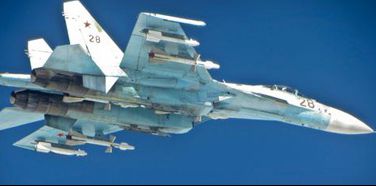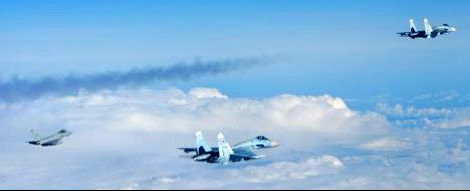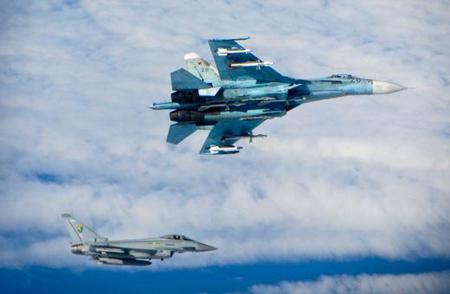The composition of the raiding groups is symptomatic to evaluate the tactics adopted by Russia: a Tupolev T 22 strategic bomber, a Beriev A50 for surveillance and electronic countermeasures, an Antonov “Curl” transport aircraft and four Sukhoi SU-27 escort fighters.
It seems clear that the choice is aimed at warning NATO, which recently deployed two B2 stealth in Britain and ship Elettra, of MMI, in the Black Sea.
The surveillance radars of the Atlantic Alliance have detected the formations approaching the airspace of the Baltic countries and the decision makers have immediately prepared the take-off on scramble of interceptor aircraft.
 The RAF Typhoons intervened, monitoring the flight of the Russians, who have always remained in international airspace.
The RAF Typhoons intervened, monitoring the flight of the Russians, who have always remained in international airspace.
At this time, there are many military units belonging to different nations present in the area and above all they are too close to each other. In these cases it is crucial that the chain of command is never interrupted and above all no errors of evaluation are committed against the intentions of the opponent.
This is one of the scenarios already analyzed for some time: The 7 November 1985, Reagan and Gorbachev, in Geneva, enunciated the concept of Nuclear Non-Intentional War, or the beginning of hostility caused by a technical or human error.
Giovanni Caprara
(photo: RAF)













